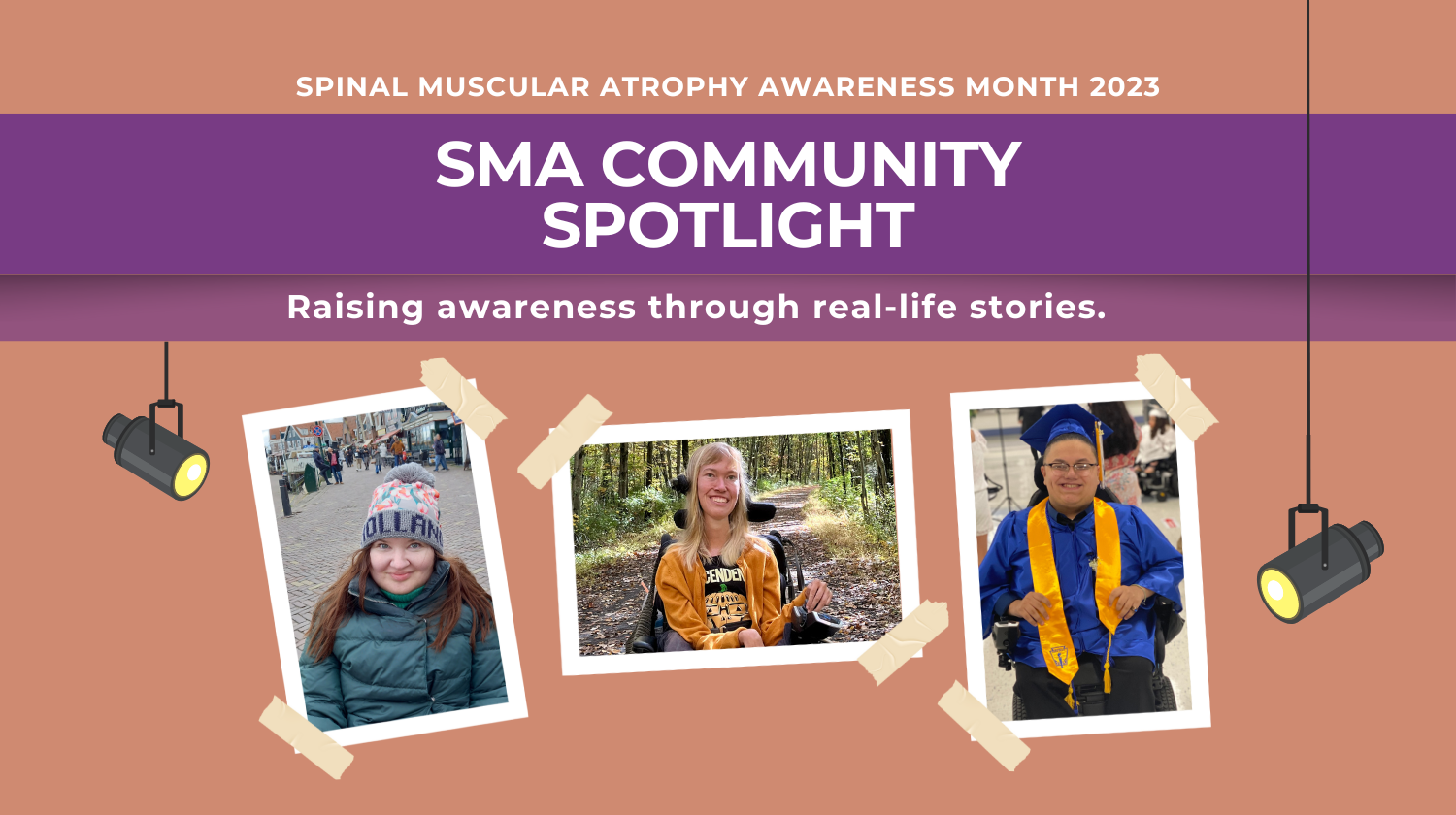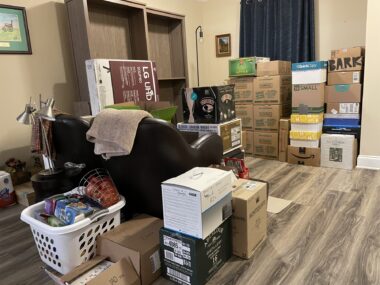On growing up, moving out … and coming back home
Written by |


Christie at his 27th birthday party. (Photos courtesy of Luke Christie)
This is Luke Christie’s story:
In December 2019, I was forced to admit that I could not afford to live on my own. Despite my best efforts, I was unable to secure caregiving assistance at the level I needed and turned to paying caregivers out of pocket, using credit cards to “advance” the money I did not make as a graduate student. I was tapped out, swimming in debt. So, I moved back into my parents’ home, and I felt like a failure.
U.S. culture does not look kindly on young adults who live with their parents. Although such an arrangement is increasingly common for Americans ages 18 to 34, more than a third of the population sees this as “bad for society,” according to 2021 Pew Research Center data. I had internalized this perception as I watched most of my possessions get boxed up and carted off to a storage unit. I hated that my life wasn’t moving forward “normally.”

Christie’s service dog, Oscar, awaiting his next task.
But life with spinal muscular atrophy is never “normal” by societal standards. How can it be? SMA is a rare disease, exceptional by definition. Those of us living with SMA must navigate a world that has little reference for the challenges that SMA presents. It took me some time, but this is what I had to remember — that living with SMA is about constantly creating new normals, about finding the hacks that make life more livable, not on society’s terms but on yours.
When I moved back in with my parents, I was 26. For two years, we lived awkwardly in a small house they built before any of us knew that I would need to live with them full time. We endured this limbo for so long, because we did not know whether or when I could afford to move out again. Slowly, after a great deal of dialogue and trial and error, we created a new normal.
My parents sold their “empty nest” house — where I lived in what was supposed to be the guest bedroom — for a quirky, older home with a sprawling, walk-out basement that my niece once described as “Uncle Luke’s house underneath GG and B’s house.” It’s a fitting description: My parents live upstairs, I live downstairs; we visit each other often.

Boxes packed and ready for the move to the Christies’ new house.
This month, I turned 30. I have a full-time job that I work mostly from the home I never expected to have. I am once again employing caregivers, although my parents still handle a lot of my care. All of us have made sacrifices and compromises. But that’s life with SMA. You improvise and iterate. You make do with what you have. And sometimes, you tear everything down and start over, because a new life stage demands a new normal.
Now, instead of feeling like a failure, I crack jokes about being a 30-year-old single man living in my parents’ basement. With a wink, I say, “I’d move, but it’s an incredible basement!”
In recognition of Spinal Muscular Atrophy Awareness Month in August, the SMA Community Spotlight campaign features a series of stories highlighting the real-life experiences of people affected by SMA, written in their own words. Follow us on Facebook and Instagram for more stories like this, using the hashtag #SMASpotlight, or read the full series.






